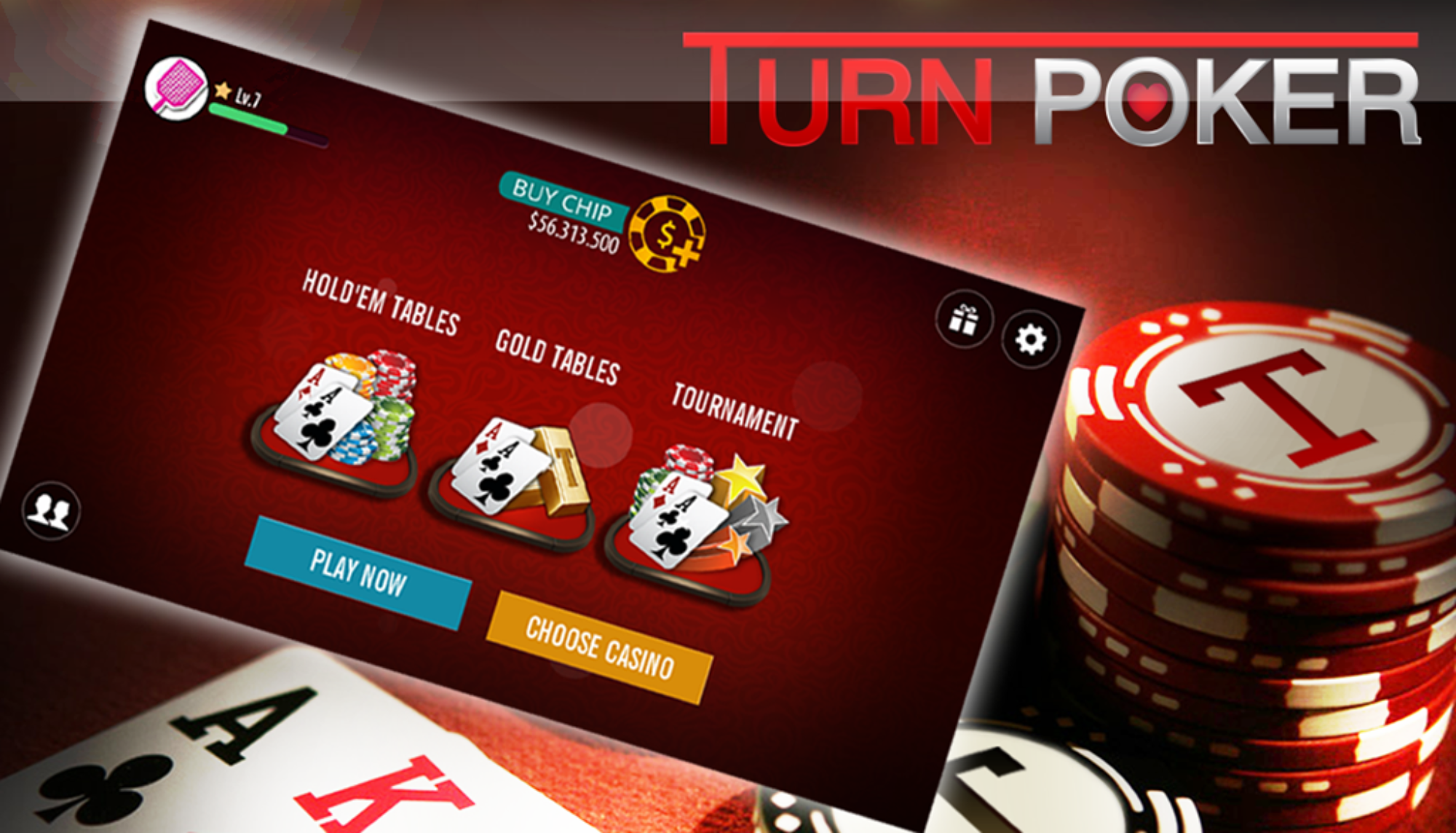Mastering Poker Tells – Understanding Physical and Online Cues for Success

In the world of poker, understanding your opponents can be the difference between winning and losing. While luck plays a significant role in any given hand, the ability to read poker tells–both physical and online–can give players a strategic edge. Recognizing these cues allows players to make more informed decisions, bluff effectively, and maximize their winnings. As the game evolves, so do the methods of communication and deception, necessitating a deeper understanding of both traditional and digital environments.
Physical tells are often the most talked about aspect of poker psychology. These non-verbal cues can reveal a player’s confidence, anxiety, or even deception. From subtle facial expressions to body language, being attuned to these signals can provide valuable insights into an opponent’s hand strength. However, in today’s digital age, the landscape has shifted dramatically, introducing a new dimension to the game.
Online poker, while devoid of physical presence, presents its own set of challenges and opportunities for reading tells. Players must adapt to digital cues such as betting patterns, timing, and chat interactions. Understanding how to interpret these signals in an online setting is crucial for success. This article will explore both physical and online poker tells, offering strategies for players to sharpen their observational skills and improve their overall gameplay.
Understanding Physical Tells in Live Poker Games
In live poker games, players often rely on a combination of strategy and intuition to gain an edge over their opponents. One significant aspect of this is the interpretation of physical tells–subtle cues that can reveal a player’s true intentions or the strength of their hand. Understanding these tells can enhance your ability to read the table and make informed decisions.
Physical tells can manifest in various forms, ranging from facial expressions to body language. Experienced players often develop an acute awareness of these signals, using them to gauge the confidence or uncertainty of their opponents. However, it is essential to approach the interpretation of these tells with caution, as they can sometimes be misleading.
Common Physical Tells
- Facial Expressions: A player’s facial expressions can convey a wealth of information. A tight smile or a furrowed brow may indicate nervousness or strength, respectively.
- Body Language: Open body language, such as leaning forward, can signify confidence, while closed-off gestures, like crossed arms, may suggest discomfort or uncertainty.
- Hand Movements: Fidgeting with chips or cards often indicates anxiety. Conversely, steady hands may reflect calmness and confidence.
- Eye Contact: A player who avoids eye contact might be hiding something, while someone who maintains steady eye contact may be more relaxed and confident.
When analyzing physical tells, it’s crucial to consider the context of the game. Factors such as the player’s personality, previous actions in the current hand, and the overall dynamics at the table can significantly influence how tells should be interpreted. Keeping a keen eye on your opponents and noting any patterns can help you improve your read on them over time.
- Practice Observation: Regularly observing players during live games can help you identify common tells.
- Record Patterns: Keeping a mental note or a physical record of tells can improve your ability to make accurate reads.
- Stay Aware of Your Own Tells: Be mindful of your physical cues to avoid giving away information.
In conclusion, mastering the art of reading physical tells in live poker games can significantly enhance your gameplay. By combining your understanding of these cues with solid strategy, you can increase your chances of success at the poker table.
Deciphering Online Poker Cues: Key Indicators of Player Behavior
In the fast-paced world of online poker, players must rely on a different set of cues compared to traditional face-to-face games. While physical tells are absent, a wealth of information can still be gleaned from a player’s actions, timing, and betting patterns. Understanding these online cues can significantly enhance a player’s strategic approach and overall success at the virtual table.
Key indicators of player behavior include betting trends, chat interactions, and the frequency of actions. By paying close attention to these elements, players can develop a clearer picture of their opponents’ tendencies and decision-making processes.
Key Indicators of Online Player Behavior
- Betting Patterns: Analyzing how much and how often players bet can reveal their hand strength. For example, consistent aggressive betting may indicate a strong hand, while a sudden check or small bet might suggest weakness.
- Timing: The time taken by a player to make a decision can provide insights into their thought process. Quick actions might indicate confidence or a strong hand, while prolonged deliberation may suggest uncertainty or a weaker position.
- Chat Behavior: While not all online platforms allow chat, when available, players may drop hints about their hands or attempt to distract others. Engaging in chat can also indicate a player’s emotional state, which may influence their gameplay.
By closely monitoring these cues, players can adapt their strategies in real time, exploiting weaknesses and adjusting to the tendencies of their opponents.
Strategies for Leveraging Poker Tells to Improve Your Game
Understanding and utilizing poker tells can significantly enhance your gameplay, whether you’re at a live table or playing online. By paying attention to physical cues and online behaviors, you can gain valuable insights into your opponents’ strategies and intentions. This knowledge allows you to make more informed decisions, ultimately improving your chances of winning.
In this section, we will summarize key strategies for effectively leveraging poker tells to elevate your game. By implementing these techniques, you can enhance your overall performance and become a more formidable player.
Key Strategies to Use Poker Tells
- Observe Opponents Carefully: Take note of the physical behaviors and betting patterns of your opponents. Look for inconsistencies in their actions that may reveal their hand strength.
- Adapt to Online Signals: In online poker, focus on timing and betting tendencies. Use these cues to assess whether a player is strong or weak, adjusting your strategy accordingly.
- Maintain Your Own Composure: Ensure that you do not give away your own tells. Keep your demeanor consistent, regardless of the strength of your hand, to avoid being exploited by observant opponents.
- Practice Makes Perfect: Regularly engage in games to refine your ability to read tells. The more you practice, the more adept you will become at interpreting various cues.
In conclusion, leveraging poker tells effectively requires a combination of keen observation, adaptability, and self-control. By integrating these strategies into your gameplay, you can develop a more competitive edge and enhance your overall poker experience.

